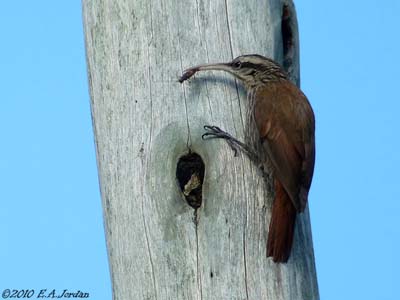Bird’s legs and feet: different shapes
Page 1
Show me your legs, I will know where you are living!
Text by Nicole Bouglouan
Photographers:
Didier Buysse
Vision d’Oiseaux
Steve Garvie
RAINBIRDER Photo galleries
Patrick Ingremeau
TAMANDUA
Eduardo Andrés Jordan
MIS AVES – AVES DE ARGENTINA
René Lortie
http://rlortie.ca
Bob Moul
Nature Photography
Jean Michel Peers
JMPN PHOTOGRAPHIE
Callie de Wet
GALLERY
Nicole Bouglouan
PHOTOGRAPHIC RAMBLE
Sources:
Wikipedia (Wikipedia, The Free Encyclopedia)
Welcome to Avian Anatomy and Morphology
The Earthlife Web
The perching birds belong to the Order Passeriformes. Their feet have four very flexible and independent toes, three forwards and one backwards. This type of feet is adapted to the perching behaviour of this species, often seen on branches or wires and fences.
The rear toe allows the bird to grasp the branch where it perches and to keep its balance. Usually, the rear toe is equipped with a claw longer than others.
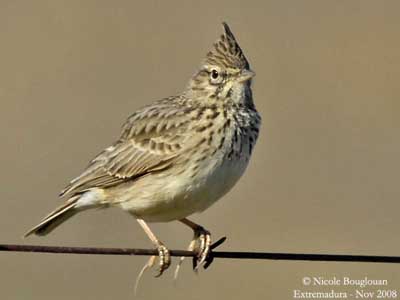
The birds of the Order Coraciformes, and especially the Alcedinidae,
have very short legs and syndactylous toes, with third and fourth toes partially fused together.
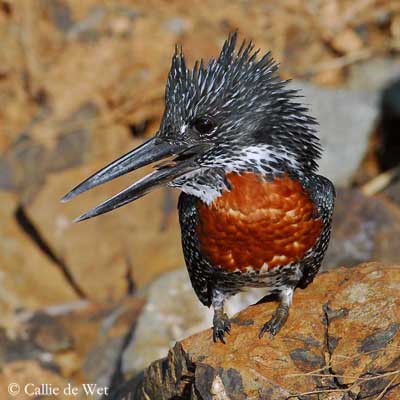
Usually, these birds excavate burrows for nesting, and need this “tool”.
Kingfishers, bee-eaters, rollers, todies have this type of feet.
Creepers have zygodactylous feet, with two toes forwards and two toes backwards.
These birds are very agile and climb up along the tree trunks. They are able to hold onto the bark thanks to the strong claws.
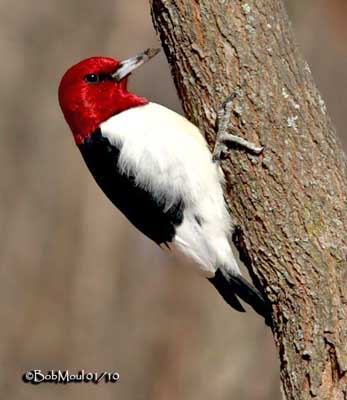
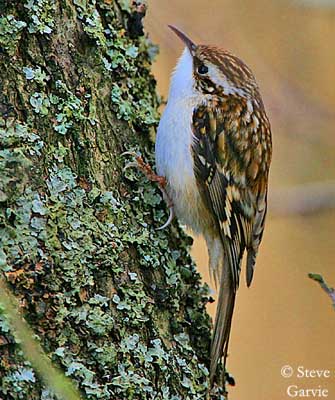
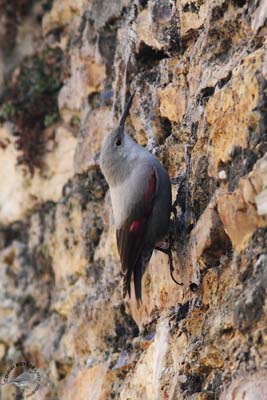
Other species, such as the Wallcreeper or the Narrow-billed Woodcreeper, climb up easily to cliff faces or monuments’ walls. The rear toe is longer, as the claw too.
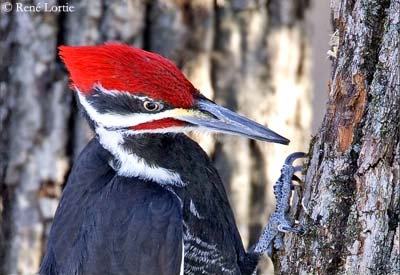
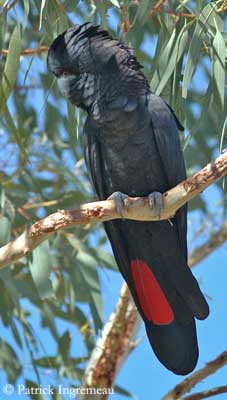
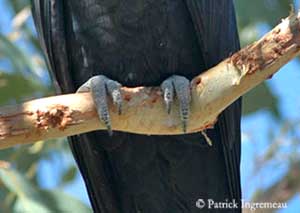
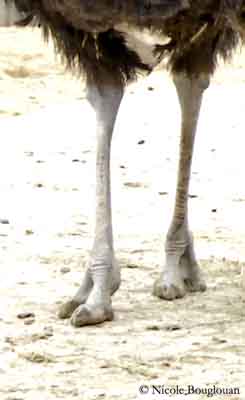
Very different in size and behaviour, the “flightless” birds walk and run on the ground because they cannot fly.
These birds belong to the Struthioniformes such as ostriches which have didactylous feet with only two large toes forwards.
The Rheiformes and the Casuariformes are flightless too, but they have three strong toes equipped with stout claws, especially the inner toe in Cassowary, with a long-dagger-like claw as weapon.
Legs and feet are robust and powerful, allowing the bird to run and jump easily. They are able to cross a river because in addition, they are good swimmers.
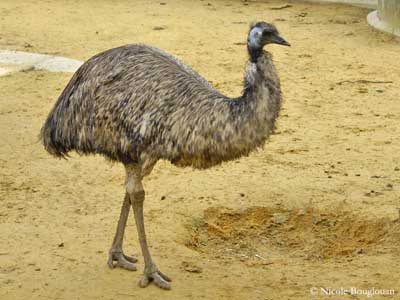
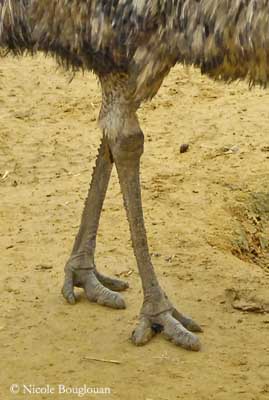
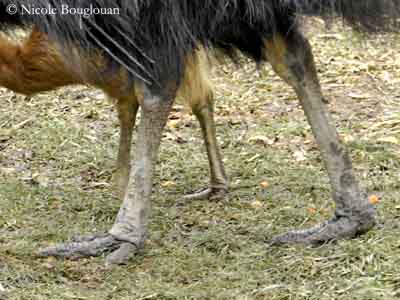
All these flightless birds have large, long, strong legs covered in resistant thick skin, in order to protect them against snakes, large insects or thorny plants when they are running or walking among stones or tall grasses in arid or semi-arid areas.
